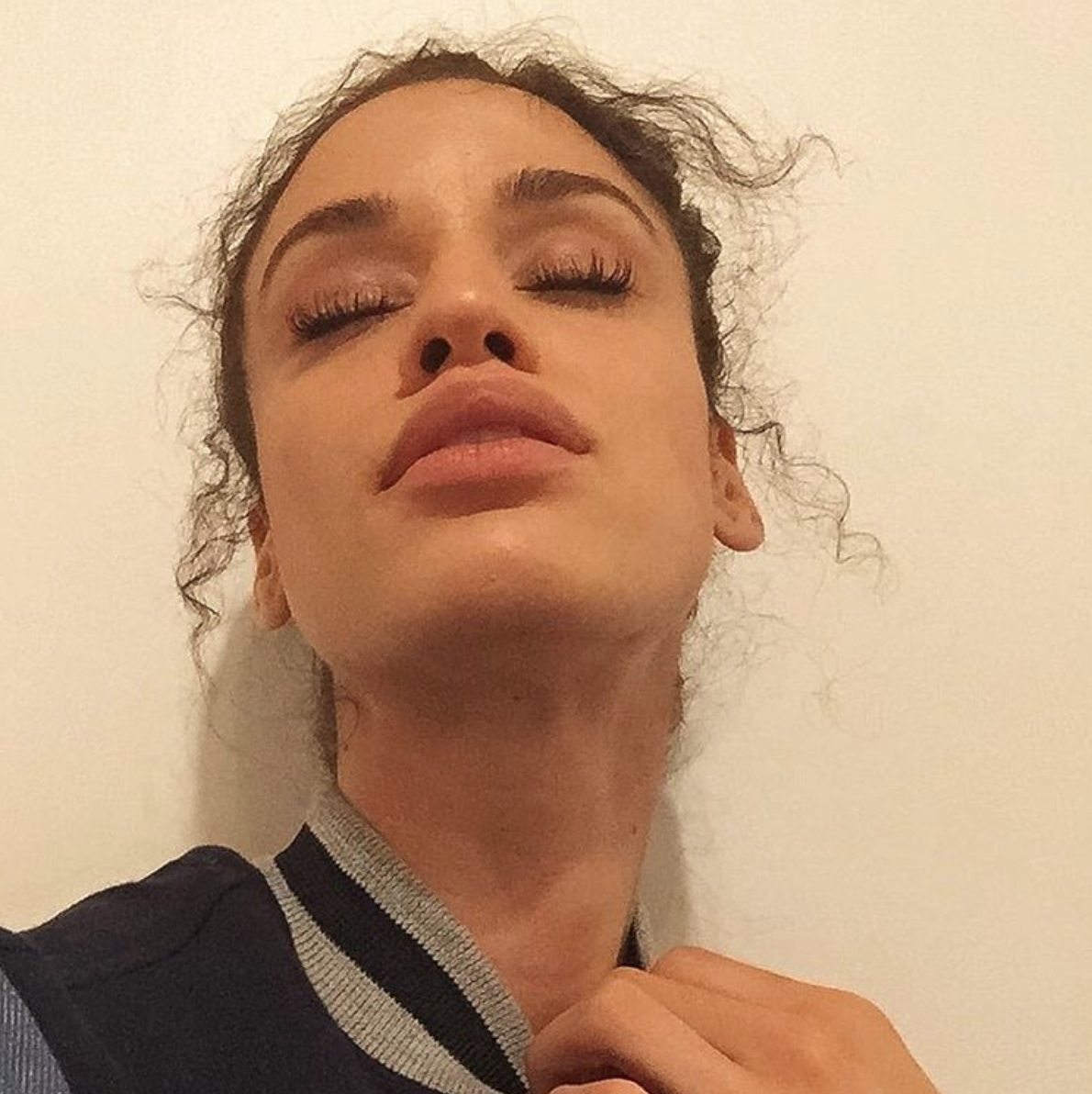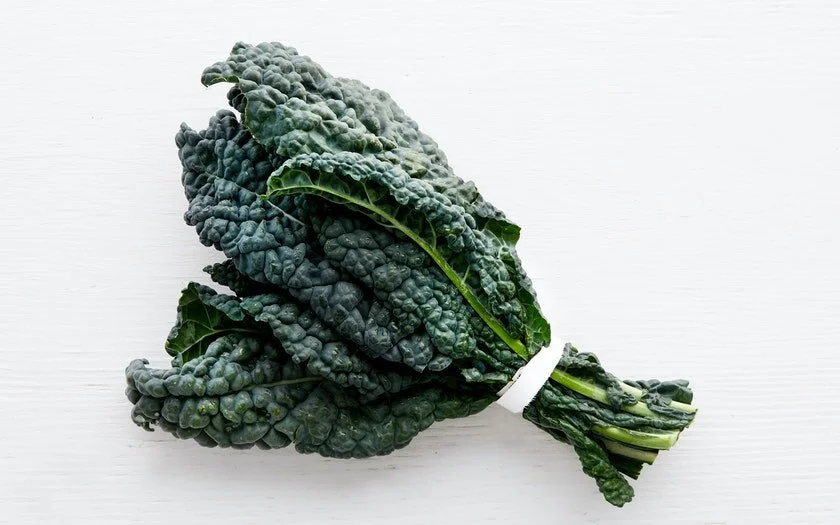LET IT GO: 5 Ways to Release Tension from the Face + Neck.
LET IT GO...
If you are experiencing tension in the face and neck, try the guided relaxation exercise below. Checking in with the body can relieve stress in an instant... it only takes a moment.
When we are stressed, it is written all over our face through our facial expressions. The facial muscles hold so much of our accumulated stress and tension, but how often do we actually acknowledge it? On a subtle level, stress and tension can also affect our emotions, and contribute to premature aging. When we furrow our brow, we create deep folds in the forehead. When we clench our teeth, our jaw tends to elongate and our lips create a frown. Postural habits can come from our lifestyles which are ever more sedentary, commute bound and device-dependent. Emotional tension also plays a role in facial tension. Psychological pressure can express itself over time to become habits as we hold onto the tension day after day. If we hold onto the tension long enough, the compensatory holding pattern can lead to chronic pain and trauma. Accumulated tension also leads to constricted blood vessels, thus limiting the flow of nutrient rich blood circulating freely to the face... and we all know healthy, clear, radiant skin NEEDS free flowing oxygen and nutrient-rich blood supply. It's crucial!
1. Keep your neck long and relaxed:
Gently close the eyes and bring your awareness to the entire back body, along the cervical spine. Imagine lengthening all sides of the neck, relaxing the muscles that wrap around the neck, especially where the muscles merge with the base of the skull at the top and the top of the upper back, the trapezius at the base of the neck. Extend the entire spine by rooting the tailbone down and reaching the crown of the head up, finding more length. Allow the shoulders to release any burdens of tension. Imagine the tough knots in the trapezius (the large triangular shaped muscle that fans out from the base of the skull, supports the neck, and broadens out along the shoulder blades) are unraveling and tension is melting away.
2. Relax to allow for an 'open throat':
Try taking a deep breath and swallowing a few times to settle any tension at the throat. If this is still difficult, try a few deep breaths, in through the nose and out through the mouth. As you exhale through the mouth, stick the tongue out completely toward your chin while making a "HA" sound. This is called "lion's breath" or simha-pranayama. Experiment with bringing the top of the tongue to the back of the teeth and slightly curled back to touch the soft pallet (fleshy, ridgy part of the roof of the mouth). Relax the back of the tongue away from the hard pallet.
3. Let the chin come to neutral:
Let the chin sit level in a relaxed position perpendicular to the neck, lifted off and away from the chest. Keep the clavicle soft and relaxed and let the space between the chest and the chin be open. If the chin is in a jutting out position, gently tuck the chin inward toward the chest. Feel the strength of the muscles where the chin and the neck meet. As the chin moves in, the muscles strengthen to support the weight of the head.
4. Relax the jaw:
The jaw is one of the first places where tension accumulates. Clenching or holding tension in the jaw can lead to grinding, headaches, and TMJ, among other things. Consciously release any clenching or gripping of the jaw. Find the temporalis, or temporal muscles. Visualize this muscle as it begins around the temples and fans out around the sides of the skull and scoops behind the ears. Imagine the line of tension traveling down this path. Where does the tension tend to gather? The masseter muscle tends to hold an incredible amount of accumulated stress. Find where the jaw and the cheekbones meet. At this junction you will find the masseter which, along with the temporalis, open and close the jaw. These muscles are among the strongest in the body, and clenching can be a reaction of stress.
Allow the teeth to move apart and the lower jaw to hang in a relaxed manner. Move the jaw around, side-to-side, opening and closing the mouth. Allow the sides of the jaw to release any tension; allow the ears to relax down. Imagine the line of tension moving down from the sides of the face. The sides of the face and the line from the ears- to-chin commonly holds a lot of tension, exacerbating neck muscles, constricting blood flow to the head and leading to headaches. Feel the connection of the jaw with the facial features of the chin, cheeks, lips and nose. Imagine feeling bright and expansive.
5. Express a tranquil facial expression:
When we take on an expression of receptivity and tranquility, our nervous system registers the shift and our body begins to feel at ease. Release any tendency to hold negative expressions in the face, meditate on happy, positive, soothing thoughts if you feel agitated. Smooth the space of the forehead by maintaining an easy, peaceful expression of the face rather than allowing the brow to furrow with tension. Corrugator muscles contract or furry the brows in response to emotional stress. Brow and Temporal tension indicate stress. Allow the space between the eyes to open up. Breathe deeply in and out through the nose, bringing as much fresh oxygen into the nasal cavity and down the throat, into the chest and completely filling the lungs. As you exhale, let go of any feelings of fear and frustration. Imagine tension and stress melting away and off of the face.
Keep this easy expression as you focus on relaxing the center of the forehead and drawing the shoulders away from the ears.
You can use an essential oil to enhance the relaxing effect of this practice. Rub a small amount on pulse points on the wrist and then dab onto temples. Take a deep breath in. I hope this helps clear away some tension.
EXPLORE MORE IN BEAUTY + WELLNESS:
RESOURCES: NY Time - Relieving Stress: Mind over Muscle












